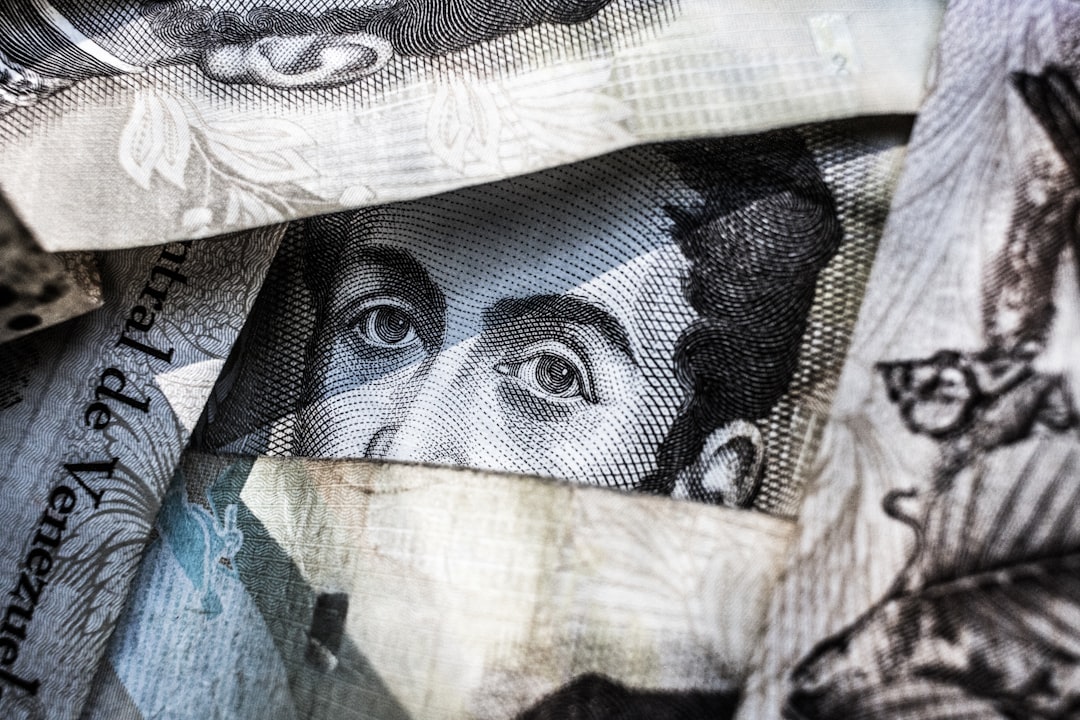How it all began
On the origins of the interdependence between climate change research and the financial industry.

The relationship between the financial industry and climate science originated in the 1990s. Writing in Nature in 1997, a commentary by Anthony Michaels, David Malmquist, Anthony Knap and Ann Close, urged a mutually beneficial relationship between academic climate scientists and the insurance industry, “Scientists need money for research; businesses have money and need research.”
Michaels and Close wrote with their affiliation assigned to the newly created Wrigley Institute for Environmental Studies (WIES) at the University of Southern California. However, this was an affiliation only a year old.
In 1996, WIES recruited Michaels from the Bermuda Institute of Ocean Science (at the time the Bermuda Biological Station for Research) to bring science and business together to “redefine the role of academic environmental science in society.” Close worked as support staff at BBSR and joined Michaels at WEIS as assistant director.
At the time, universities were rapidly developing (lucrative) relationships with industry, an outcome of several federal initiatives with the most well known being the Bayh-Dole Act of 1980. Science studies scholars noted the effects- for better and worse- on the university research enterprise of which, scientific journals were doing a poor job recognizing and keeping pace. Writes the late scholar Dorothy Nelkin,
Science is a big business, a costly enterprise commonly financed by corporations and driven by the logic of the market. Entrepreneurial values, economic interests, and the promise of profits are shaping the scientific ethos…credit practices in scientific journals have not kept pace with the changes in the production of knowledge
At BIOS, Michaels and Knap, developed the Risk Prediction Initiative (RPI), a partnership funded by reinsurers to support the industry’s insatiable appetite for research to support catastrophe modeling activities and the growth of the catastrophe reinsurance business. RPI enabled a closer relationship between scientists and the insurance industry which had otherwise been separated by “differences in culture and tradition.” As BIOS put it,
The goal was to create a new body of public knowledge on hurricane risks and climate variability. The traditional actuarial approach to hurricane risk, the average of the past losses being the estimate of the future risk, could not work with a climate feature. Any average of the past will not be the estimate of the future. However, climate models had become sophisticated enough that they could give some useful information about how the future risk might differ from the average of the past.
More specifically, research focused on climate change interactions with hurricanes to ask and answer the question, "What if the past were a poor guide to the future?"
Funding through RPI was used to enlist participation of climate scientists such as Malmquist. Consideration of the researchers hosted by RPI in its early years reveals many that have gone on to be giants in the field of climate and extreme weather prediction. These scholars leave decades of research publications shaping the discourse around the relationship between climate change and extreme weather.
Writing around 2009, Murnane and Knap provide a detailed description about how the (re)insurance industry worked through the RPI mechanism to e shape the research agenda around climate extremes, especially tropical cyclones. Federal research funding focused on hurricane prediction in real time because of its threat to life and property. However, most insurance business decisions are made on annual or longer timescales. So, federally sponsored research did not meet the needs of the insurance business cycle. Writes Michaels and Knap,
In contrast, RPI funding could produce a significant signal in the hurricane research community interested in problems relevant to the insurance community. Thus, the combination of hurricane losses and potential influence within the research community resulted in RPI’s decision to focus on aspects of basic hurricane research that have a business relevant.
The research focused on three areas: 1) Benchmark Development to verify cat model estimates; 2) Forecasting to improve long-term and seasonal forecasts, and 3) Emerging Markets to be used in new cat models.
The authors’ write up includes a curious note about a conclusion from an October 2005 conference RPI organized,
The unexpectedly large magnitude [of loss from Hurricane Katrina] was caused in part by (nonlinear) interactions that were not modeled. For example, the extensive flooding of New Orleans was partly caused by the interactions between the design of levees, the loss of power, and the abandonment of pump houses.
It is curious because the primary response of reinsurance business interests was to alter the hurricane event catalog used rather than initiative a campaign on social vulnerabilities stemming from infrastructure choices.
RPI fostered enduring and far reaching relationships between academic and government researchers and the insurance industry. Writes Michael and Knap,
One interesting spin-off from the program is that the insurers now see a need to hire ocean and climate scientists to both interact with the RPI on behalf of the insurers and to develop specialized tools in their own companies to use the science that they now understand. Therefore, if any readers of this article have an interest in working as a scientist for an international catastrophic reinsurer, they should contact the authors of this article for more information.
But it can be unclear where research activities driven by (re)insurance industry interest ends and academic research pursuits begin. By 2010, industry academicians characterized an “interdependency” between climate change science and risk finance.
The murkiness of the collaborations has increased as the banking and investment sectors joined the insurance industry in supporting and inspiring key aspects of climate change research. At universities a flavor of direct issue climate change policy advocacy had grown substantially as independent investors leverage their wealth to fund university research to support the development of select markets and policies.
Today, activities in climate change research are difficult to divorce from the interests of financial actors.


